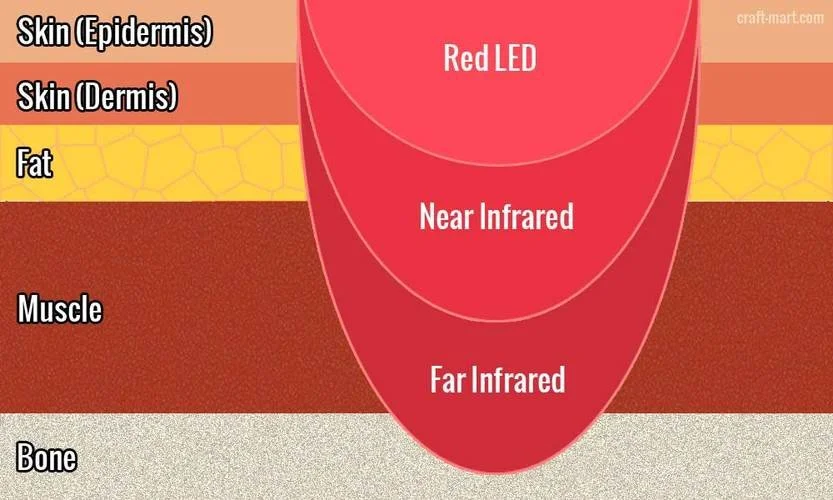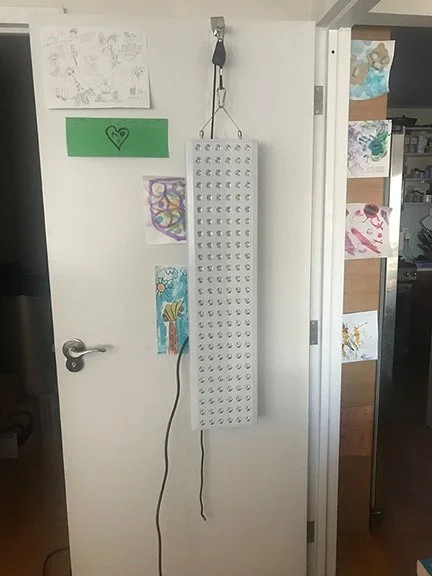What’s the deal with red light therapy??
Red light therapy aka photobiomodulation has become increasingly popular over the last decade. Like many “new” therapeutic modalities, it’s important to ask, is this woo-woo or science??
Back in 1895, Danish scientist Niels Finsen used a concentrated beam of ultraviolet light to successfully treat lupus and smallpox. In the prior years, he had been suffering from a metabolic disease that caused weakness and fatigue. He had noticed that light made him feel more energetic which led him to study the medical benefits of light. In 1903, he was awarded the Nobel Prize for Medicine for opening a new avenue of medical science with light radiation.
Over the next two decades light therapy was commonly used to treat an assortment of maladies. It was also clear by the 1930’s that vitamin D generated by certain ultraviolet rays of sunlight was essential for good health. Next, as has unfortunately happened throughout modern history, the pharmaceutical industry swooped in and squashed this therapeutic option realizing there was no profit to be made. Antibiotics became the preferred solution.
Fast-forward to the 1990’s. Though LED (light emitting diode) lighting had been created in the early 1960’s, it took another three decades for advancements to allow this technology to be more affordable and more widely used. In 1993, NASA (National Aeronautics and Space Administration) played a central role in the birth of red light therapy. While using red wavelengths to stimulate the growth of plants, their researchers who were being exposed to the red light noticed rapid and unexpected healing of skin lesions. This was the beginning of the modern resurgence of light as a therapeutic modality. Over the last two decades, many studies have been published that have provided a more clear understanding of the effects of red light therapy on the human body.
So, interesting history aside, what does that mean for you and I??
Red wavelengths are visible to the human eye and measure roughly 600-700nm in length. Near-infrared wavelengths have a range of about 700-900nm, while far-infrared light would measure above that range. Red light doesn’t quite penetrate the body as deeply as infrared, but these varying wavelengths all have benefits.
Benefits may include:
-reduced joint pain/tendonitis/arthritis -reduced inflammation in cells -faster muscle recovery via increased blood circulation to tissues -improved skin complexion by increasing collagen production -improved sleep -improved cognitive function/reduced dementia -increased cellular energy via ATP creation in mitochondria -reduced dental pain -expedited wound healing
I purchased a three-foot tall light panel a few years ago. I hang it on the back of my bedroom door and use it almost daily. Because I’m very active and exercise almost everyday, I’ve become quite focused on exercise recovery. Being able to bounce back the next day after a hard workout routine has become crucial. Blasting my body with red and near-infrared light generated by my Joovv panel has become an integral part of this routine. I admittedly only use the red light function about once a week for skin health. I utilize the near-infrared function almost daily, as the science shows it can penetrate deeply and heal muscle tissue. I notice when I don’t use it. It’s also been beneficial in healing a dislocation and pinched nerve in my shoulder that nagged me for years. As well, it has assisted in repairing a ligament tear in my knee. I know, it all sounds too good to be true. I felt the same way before making it a permanent fixture in my life.
Bottom-line, what might be considered a new idea to some is in fact an active therapy that’s shown success for at least the last 125 years….
My set-up:


